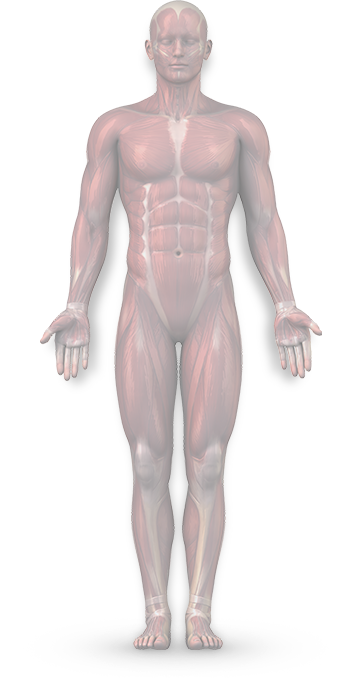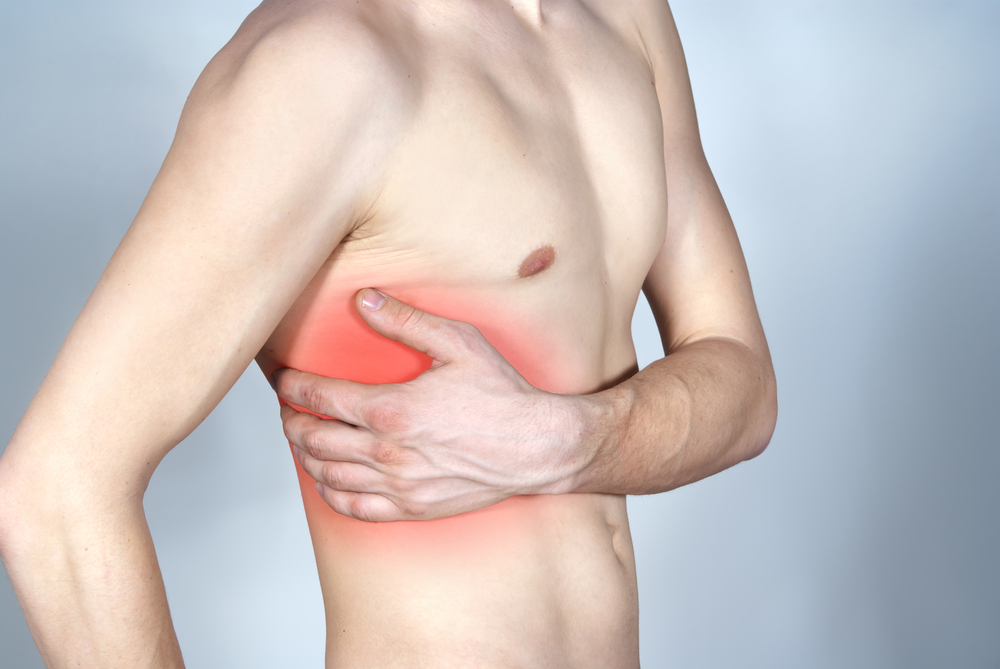
Chest Ribcage is constructed by 12 pairs of ribs connecting to he thoracic spine vertebras in the back and to the sternum in the front. The purpose of the ribcage is to protect the organs (heart, lung, liver). The ribcage and upper back is closely related to each other as they are connected through the ribs. That is why many pain in the ribcage is originated from the spine. The most common causes of ribcage pain are poor posture, decreased mobility of ribs, rib fracture, sternoclavicular joint dysfunction, muscle problem or organ disorder. The main goal of the therapy is to reveal which is the prime cause, then find the most effective way to solve the problem.

Fractured rib
The ribs are not covered by thick soft tissue layer, only the skin protects them, so they are highly vulnerable. For direct force ribs may get cracked or broken.
Symptoms of fractured rib:
- pain in chest, which intensifies for breathing, laughing and coughing
- bruising
- possibly cracing noise when the fractured rib is touched
In case of suspected rib fracture the first thing to do is to visit a doctor, to clarify the origin of the symptoms. In initial term resting and pain killing is the main treatment of a fractured rib. Later on, physiotherapy is to start.
Treatment of fractured rib:
- breathing exercises
- kinesio taping
- soft tissue massage
Sternoclavicular joint problem
The sternoclavicular joint is constructed by the collar bone and the sternum. The most common problems of this joint are sprain and disclocation. In these cases the joint area is painful, upper extremity movements may cause pain and they might be limited and possibly deformation occures compared to the other side. The treatment depends on the severness of the injury. The aim is to stabilise the sprained joint with physiotherapy or surgical fixation. Physiotherapy treatment contains manual therapy, kinesio taping and muscle strengthening.
Thoaracic and chest pain
Thoracic and chest pain may be caused by the damage and degeneration of the thoracic spine or the discs between the vertebrae. However in many cases the pain in the chest is not a musculoskeletal disorder rather originates from one of the organs such as the heart, stomach, oesophagus or lung. To decide where the pain comes from a medical consultation is needed.
For treating the pain in the chest we use many therapy according to the cause.
The treatment includes:
- ultrasound and electrotherapy
- massage and trigger point therapy
- spine and rib mobilisation
- manual therapy
- special stability training of the core
- stretching
- postural correction
- kinesio taping

